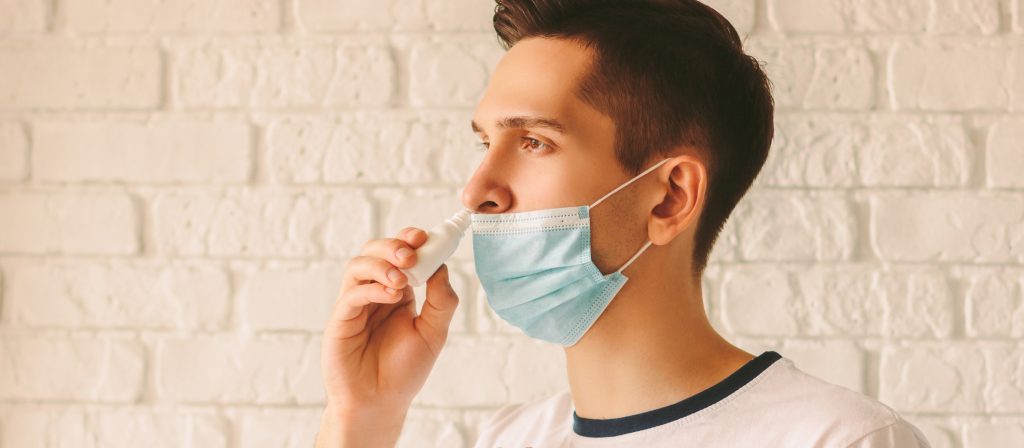When your child needs medicine, you need to know how much the right dose is! However, many over-the-counter (OTC) drugs don’t include dosing instructions for use in children under the age of 6. There’s a couple of reasons for this:
- OTC medications have resulted in MANY accidental overdoses and poisonings (even deaths) in young children. So the FDA decided that many OTC medications are not safe for use in children under the age of 6 without doctor’s supervision.
- The liver and kidneys are still developing in children, so the way in which their bodies process medication is very different from adults.
- When drugs are put through clinical trials, children typically aren’t included (unless the drug is specifically intended for use in children). This means there’s less information available to recommend specific dosing in children, especially for prescription medications.
4 important tips to safely dose any medication for your child:

- Use a syringe measuring device, rather than a dosing cup or kitchen spoon. The syringe method is more accurate. Your local pharmacy will likely provide you one for free if you ask at the pharmacy counter. Dosing cups are difficult to read and kitchen teaspoons vary in size and are not accurate.
- Contact your pediatrician before using on OTC that isn’t labeled for use in children under the age of 6. Oftentimes the medication CAN be safely used, if a doctor is first consulted.
- Ask your pharmacist what dose is best for your child. Your pharmacist has access to reliable drug information databases and will be able to research the most appropriate dose for you.
- Read the ingredients list on the back of each package before giving your child more than one product. Although different products are marketed for different uses – like ‘cold’, ‘cough’, ‘runny nose’, or ‘flu’, they often contain exactly the same ingredients. This can lead to accidental overdosing and trips to the ER.
So, what is the right dose of medication for your child?
As a pharmacist I’ve found that the most common OTC dosing questions parents have include children’s Tylenol dose, the children’s dose of Benadryl, and the ibuprofen dose for children.
Both Tylenol (generic name: acetaminophen) and Motrin (generic name ibuprofen) are best dosed based on your child’s weight. The back of the box shows a table of dosing based on your child’s weight or sometimes age. On the bottle itself, sometimes you’ll need to lift the flap on the label to find this information (it’s glued tight until you peel it back with your fingernail, so you may not have even realized it was there!)
When considering how often you should give your child a dose, for acetaminophen, ibuprofen and Benadryl (generic name: diphenhydramine) it’s every 4 to 6 hours.
At RxLive our goal is to help people get healthy and stay well. Our pharmacist telehealth services allow us to partner with patients and their families to achieve better health and outcomes.
If you’d like to talk to a pharmacist now, schedule a time that works for you here →
If you found this helpful, you may also want to check out:
Picking the Best OTC Headache Relief Medication
Children with ADHD: a Pharmacist/Mom’s Perspective







